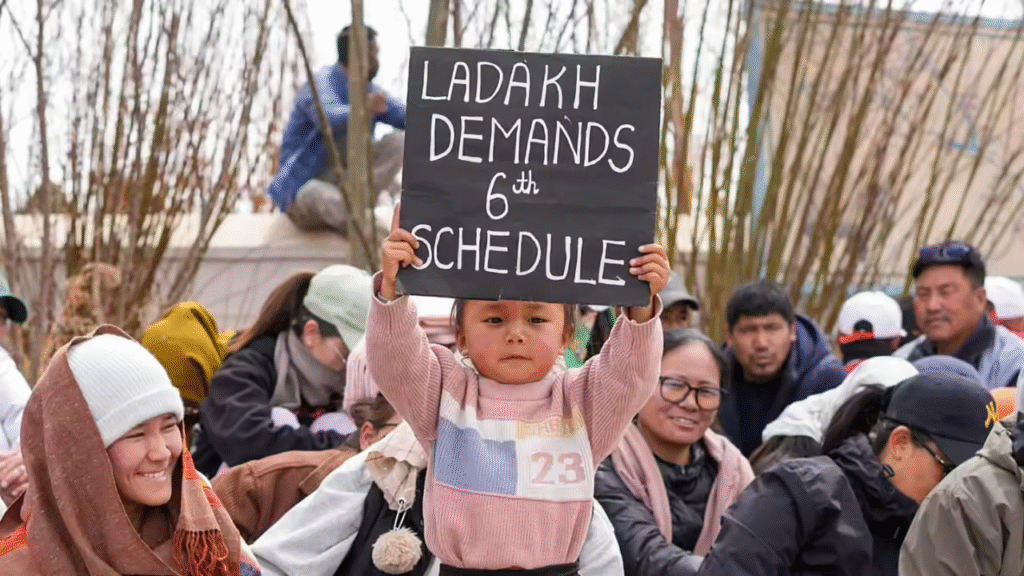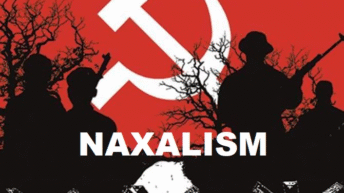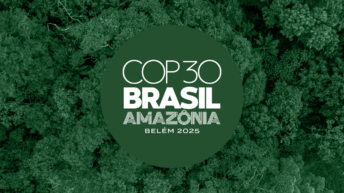
The hunger strike launched by Sonam Wangchuk on September 10, demanding Sixth Schedule status and statehood for Ladakh, culminated in violence on September 24. A large assembly at Leh’s Cheetah Chowk escalated, with participants pelting stones at the district administration, leading to significant damage to public property and casualties. This unrest marks a notable departure from Ladakh’s traditionally peaceful character. Given its status as a sensitive border region, a thorough investigation into the underlying causes of this upheaval is essential to formulate remedial measures and restore lasting peace and harmony.
The Union Territory of Ladakh consists of two districts—Leh and Kargil. Leh has a Buddhist majority, while Kargil is predominantly Shia Muslim. After India’s independence, as part of the erstwhile state of Jammu and Kashmir, the people of Ladakh increasingly felt marginalised by the Kashmir Valley–centric policies of the J&K government and its political leadership. Since 1947, Ladakhis have sought separation from Kashmir and proposed three possible options: first, merging Ladakh with Jammu as a distinct province; second, joining the regions that today form Himachal Pradesh; and third, being administered directly by the Government of India—an idea that later became the foundation of their demand for Union Territory status. The sense of being on the periphery of decision-making and overshadowed by Kashmir-focused politics deepened further among the people of Ladakh.
The aspirations of the Ladakhi people were conveyed to Prime Minister Jawaharlal Nehru by Kushok Bakula Rinpoche in 1949 and again in 1950. In response, Nehru wrote several letters to the then Prime Minister of Jammu & Kashmir, Sheikh Abdullah, urging a more sensitive approach to what he termed the “Ladakh problem.” That sensitivity was not forthcoming, and Ladakh continued to remain politically marginalised. By the mid-1960s, after years of repeated rejection and administrative neglect, Kushok Bakula Rinpoche became convinced that separating Ladakh from Jammu & Kashmir was essential for the region’s development and the preservation of its distinct cultural identity. In 1964, he met Prime Minister Lal Bahadur Shastri to brief him on Ladakh’s deteriorating situation and to appeal for greater direct involvement by the Union government. Nevertheless, successive central governments declined Ladakh’s requests for Union Territory status and Scheduled Tribe recognition, placing broader Kashmiri political considerations above Ladakh’s demands.
When protests escalated in the 1970s in support of Ladakh’s long-standing demands, Sheikh Abdullah assured the people that they would receive equitable participation in decision-making. However, this promise remained unfulfilled. In 1979, he divided Ladakh into two districts—Leh, with a Buddhist majority, and Kargil, with a Muslim majority—a move many Buddhists viewed as a deliberate ‘divide and rule’ tactic. The 1980s witnessed intensified unrest, including social boycotts, curfews, and clashes during the Ladakh Buddhist Association’s (LBA) agitations. In 1983, Prime Minister Indira Gandhi personally intervened during hunger strikes led by Sonam Wangyal (father of Sonam Wangchuk), who ended his fast after receiving assurances that Ladakhis would be considered for Scheduled Tribe status. In 1989, Thupstan Chhewang, then president of the LBA, launched the pivotal “Leh Chalo” movement, marking a significant turning point in Ladakh’s political trajectory.
During the tripartite talks between the Union government, the J&K government, the Ladakh Buddhist Association, and the Ladakh Muslim Association, Ladakhi leaders agreed to temporarily set aside their immediate demand for Union Territory status in return for the establishment of Autonomous Hill Councils and the withdrawal of pending cases against protestors. In the 2000s, political mobilisation in Leh intensified as local parties came together to form the Ladakh Union Territory Front (LUTF), a platform dedicated solely to achieving UT status for the region. In 2010, the LUTF merged with the Bharatiya Janata Party, effectively aligning Ladakh’s UT aspiration with the party’s national political agenda.
With the abrogation of Article 370 on 5 August 2019, Ladakh finally achieved the Union Territory status it had long sought. The decision was widely welcomed throughout the region, where many regarded it as liberation from decades of political marginalisation and administrative neglect. Following the transition, the Government of India launched a series of development-focused initiatives to bolster Ladakh’s governance and infrastructure. These measures included universal coverage under PMAY and ODF programmes, securing reliable grid connectivity for both Leh and Kargil even during harsh winters, and significantly increasing budgetary support for the Hill Councils—all aimed at promoting growth and enhancing public services in the newly established Union Territory.
Over the past six years, Ladakh has witnessed remarkable progress across infrastructure, connectivity, healthcare, education, renewable energy, and sustainability. Tourism has grown significantly, and initiatives in job creation and skill development have strengthened the region’s economic base. Large-scale plans—such as solar power plants, strategic all-weather tunnels, and upgraded water and power networks—reflect New Delhi’s commitment to modernising Ladakh while preserving its fragile ecology. To a significant extent, the concerns of local communities have been addressed since Ladakh became a Union Territory.
The recent agitation centres on two primary demands: the creation of a legislature for the UT and inclusion under the Sixth Schedule of the Constitution. These demands stem from sections of Ladakh’s population who believe such measures are essential for protecting local identity, natural resources, and cultural distinctiveness. Yet Ladakh’s social and political landscape is not monolithic. While some groups prioritise constitutional safeguards, a large section of the population in Leh places greater emphasis on development, stability, and administrative efficiency. Influences from global climate narratives and the growing visibility of NGO networks have also shaped the region’s youth-driven activism, adding further complexity to local politics.
Crucially, Ladakh occupies one of India’s most sensitive strategic frontiers, sharing borders with both China and Pakistan. Its high-altitude terrain and sparse population—just 2.7 lakh people across 59,146 sq km—require agile decision-making and uninterrupted governance. The current administrative arrangement allows timely responses to defence and infrastructure needs, without the risk of political gridlock. In this context, granting full legislative status or incorporating the region into the Sixth Schedule presents challenges. The Sixth Schedule, designed specifically for the northeastern tribal states, would require a major constitutional amendment for extension to Ladakh. Such a precedent could prompt similar demands from other strategically sensitive border regions, creating potential national security vulnerabilities.
Moreover, introducing overlapping authorities under the Sixth Schedule may complicate governance in a terrain where streamlined administration is crucial. Ladakh already has two well-functioning Autonomous Hill Development Councils—LAHDC Leh and LAHDC Kargil—which provide significant local representation and decision-making powers. Given the region’s scattered population and difficult geography, establishing a full-fledged legislature could add administrative overheads without delivering proportional benefits.
As Ladakh continues to negotiate the balance between development, identity, and representation, its aspirations must be harmonised with national security imperatives. The path ahead lies in sustained dialogue—one that strengthens local empowerment through existing institutions while safeguarding the region’s strategic and ecological sensitivities. Ultimately, Ladakh’s future depends on collaboration, not confrontation. A peaceful Ladakh is essential to the region’s and the country’s security and progress.
- https://www.mha.gov.in/sites/default/files/PressRelease_NoteonUTofJK%26Ladakh_04112019.pdf
- Ladakh-bakula-rinpoche-kashmir-speech-constituent-assembly
- https://www.livemint.com/mint-lounge/ideas/why-ladakh-demanded-autonomy-since-india-s-independence-111635480768700.html
- https://old.satp.org/satporgtp/publication/faultlines/volume6/Fault6-NavnitaCB-F.htm
- https://www.reachladakh.com/news/oped-page/ladakh-s-journey-from-wazarat-to-union-territory#:~:text=By%20doing%20so%20the%20successive,the%20Buddhist%20could%20not%20resolve.
- https://theasiadialogue.com/2019/09/19/union-territory-status-for-ladakh-understanding-the-politics/
- https://www.dailyexcelsior.com/gadkari-declares-open-support-ut-status-demand-ladakh/#
- http://www.reachladakh.com/news/opinion/oped-page/ladakh-gets-divisional-status-with-administrative-and-revenue-wings#:~:text=Ladakh%20gets%20Divisional%20status%20with,for%20Ladakhis%20that%20the%20Govt.
- https://ladakh.gov.in/chief-secretary-reviews-implementation-of-flagship-schemes-and-priority-areas-in-ut-ladakh/#:~:text=During%20discussions%20on%20the%20Jal,and%20Kargil%20were%20also%20present.
- https://www.pib.gov.in/PressReleasePage.aspx?PRID=2157894#:~:text=by%20PIB%20Delhi-,Government%20has%20approved%20Vibrant%20Villages%20Programme%2DI%20(VVP%2DI,on%20in%20the%20selected%20villages.






Add comment